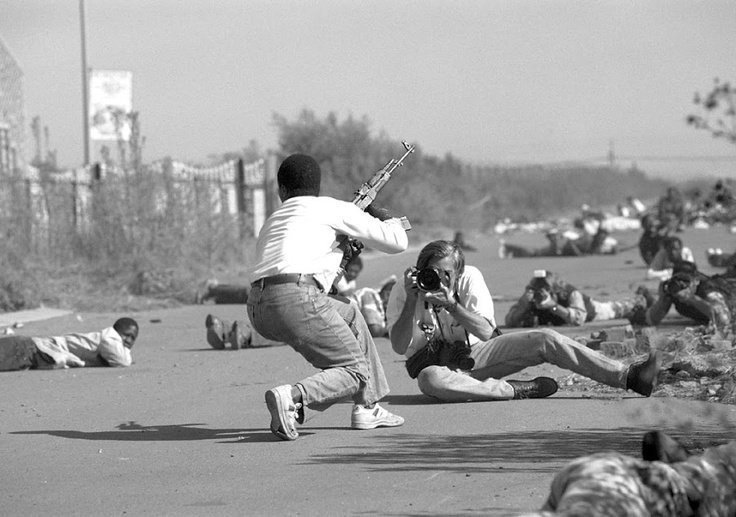At its core, photography has always been about capturing moments. And while many genres of photography aim to capture beauty, memories, or art, photojournalism stands apart. It captures truth. This is the genre that transforms individual images into compelling stories, narrating events and societal shifts, chronicling history as it unfolds. Dive into the captivating world of photojournalism with us.
What is Photojournalism?
Photojournalism combines the artistry of photography with the narrative style of journalism. It requires more than just snapping pictures; it’s about capturing events and emotions in real-time. Photojournalists are often present at the epicenter of significant events, be it wars, protests, or natural disasters, becoming our eyes to the world’s most crucial moments.
The Principles
- Truth and Accuracy: Just as in written journalism, truth is paramount in photojournalism. Images must accurately represent the event, without manipulation that might mislead viewers.
- Impartiality and Objectivity: Photojournalists should capture events objectively without personal bias. The choice of shot, angle, and what to include or exclude should be decided by the event’s significance, not personal feelings.
- Humanity: This principle reminds photojournalists of the power they wield. They should always prioritize human dignity and avoid capitalizing on others’ suffering.
The Power of a Single Image
Throughout history, several iconic photographs have shifted public opinion. The Vietnamese girl running from a napalm attack, the man standing in front of tanks at Tiananmen Square, or the Syrian boy washed ashore – these images told stories more powerful than thousands of words could.
Challenges in Photojournalism
Being a photojournalist is not without its challenges. They often work in dangerous or unstable environments and must maintain their composure to document events objectively. It’s also essential for them to be culturally sensitive, as they often work in foreign lands with different customs and norms.
Entering the Realm of Photojournalism
For aspiring photojournalists:
- Education: Consider taking courses in both journalism and photography. This will equip you with the skills needed and introduce you to industry standards and ethics.
- Networking: Building contacts within the journalism community can lead to freelance assignments and job opportunities.
- Practice: Begin by covering local events. This will give you a portfolio to present to potential employers and hone your skills.
Conclusion
Photojournalism is more than a career; it’s a calling. It’s about being at the right place at the right time and capturing the moments that define generations. It’s about telling stories, one image at a time, and ensuring that even in our rapidly changing world, history is never forgotten.


0 Comment